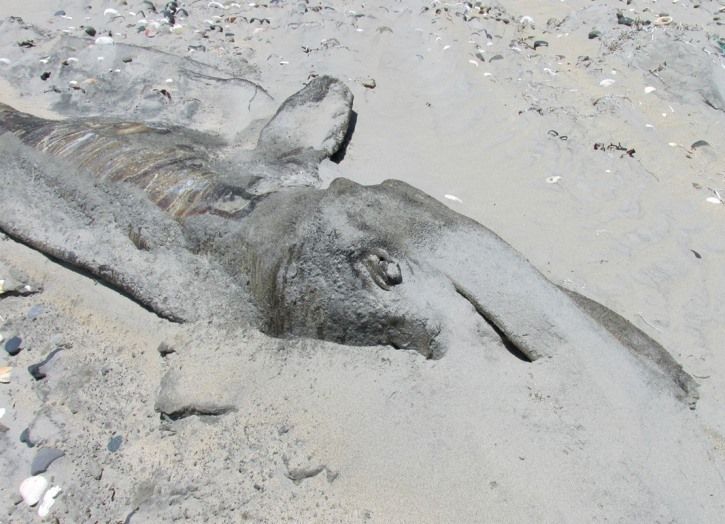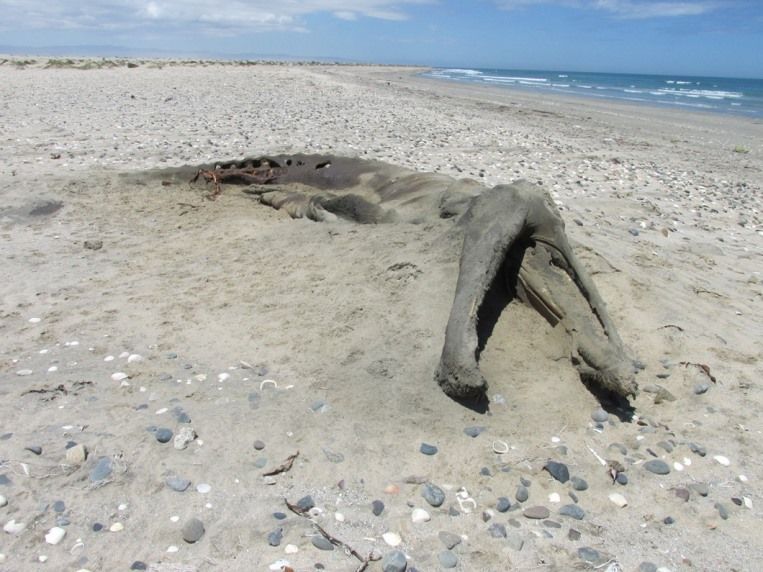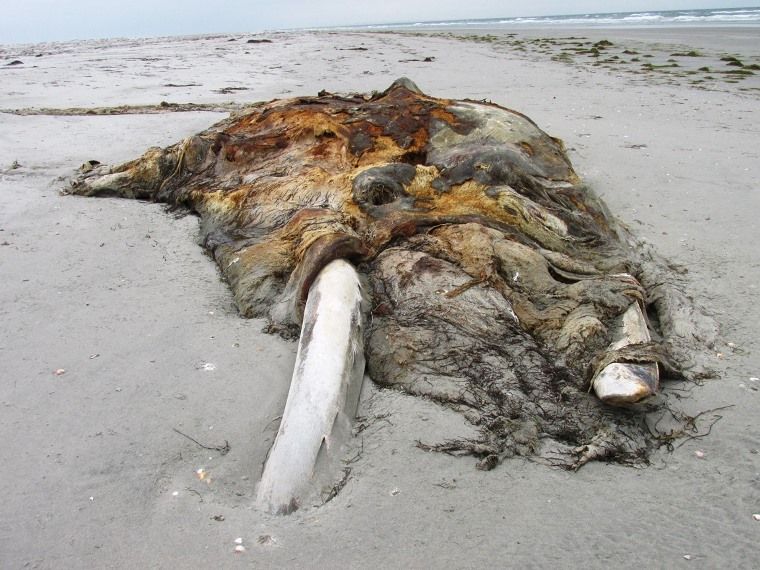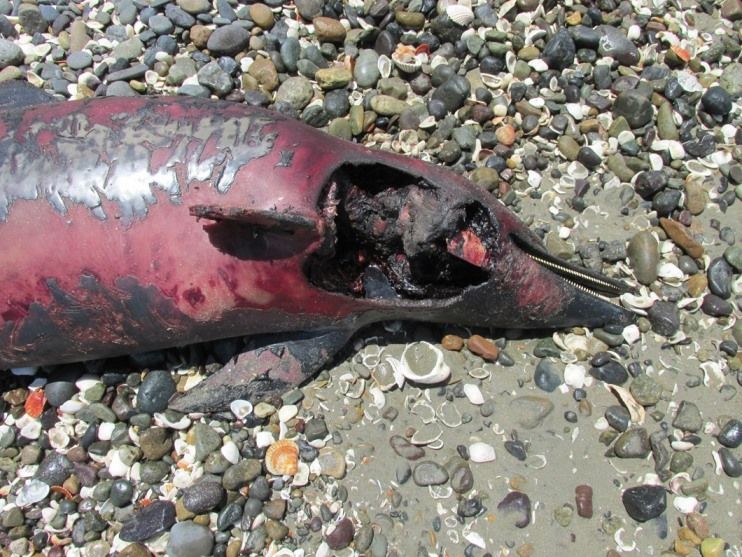| Our fishermen friends said that after some recent (2014) marine geological testing offshore from San Gregorio (south of San Juanico), the ocean was
dead ~ completely devoid of fish and life. They said the testing killed everything for miles, including turtles. |








